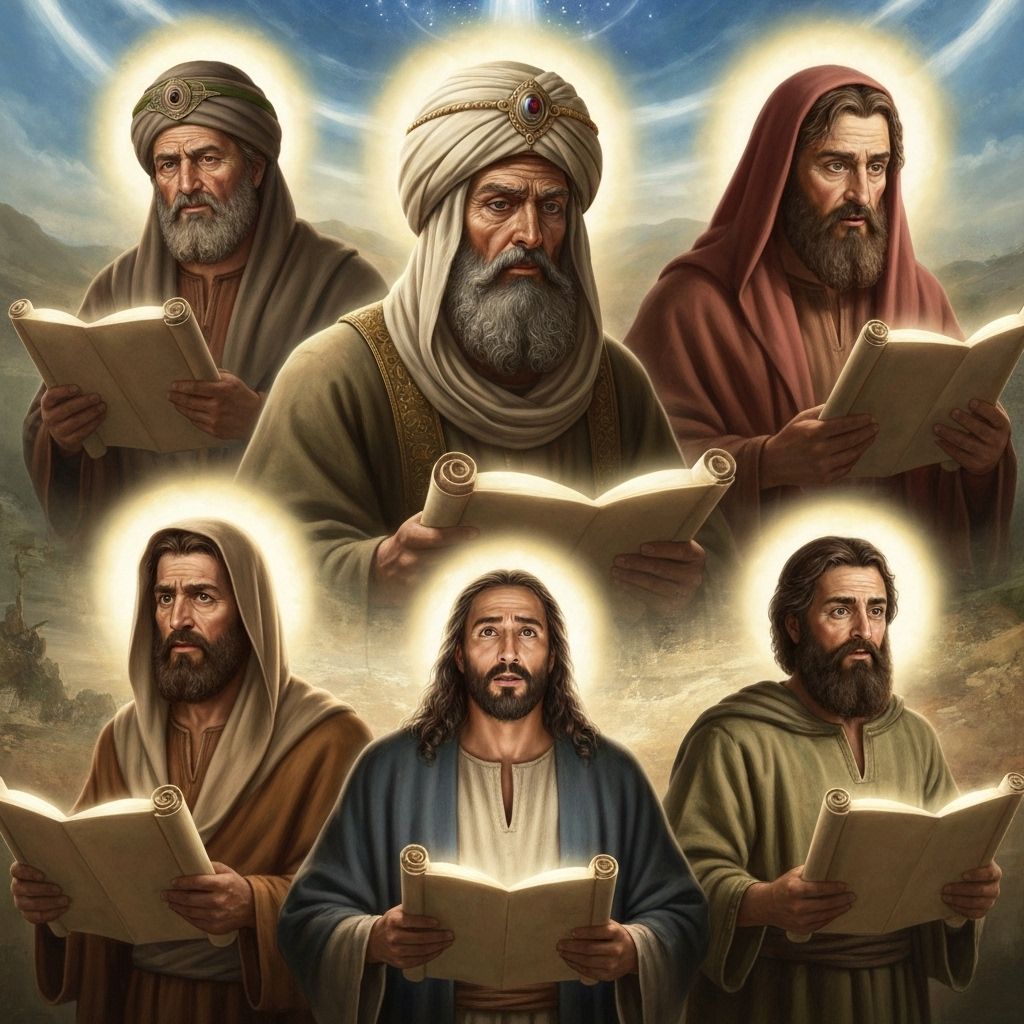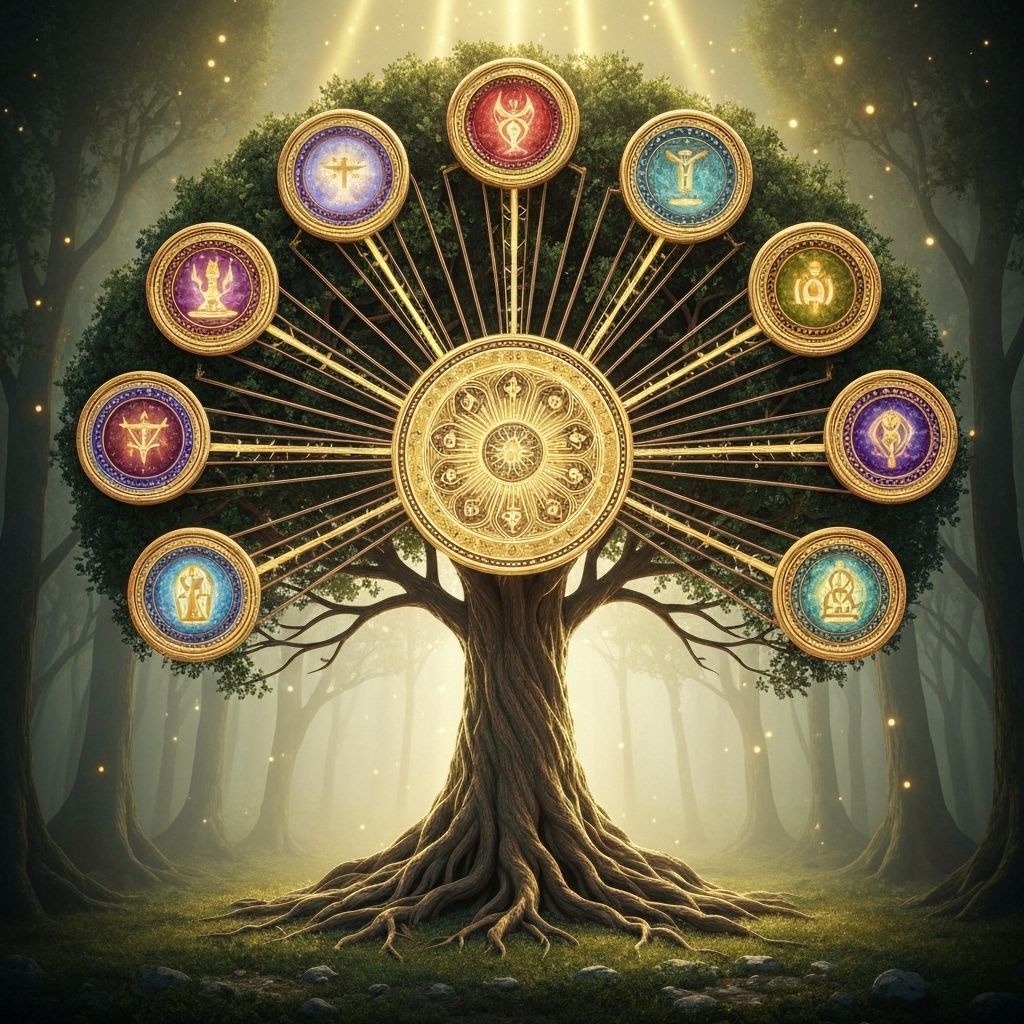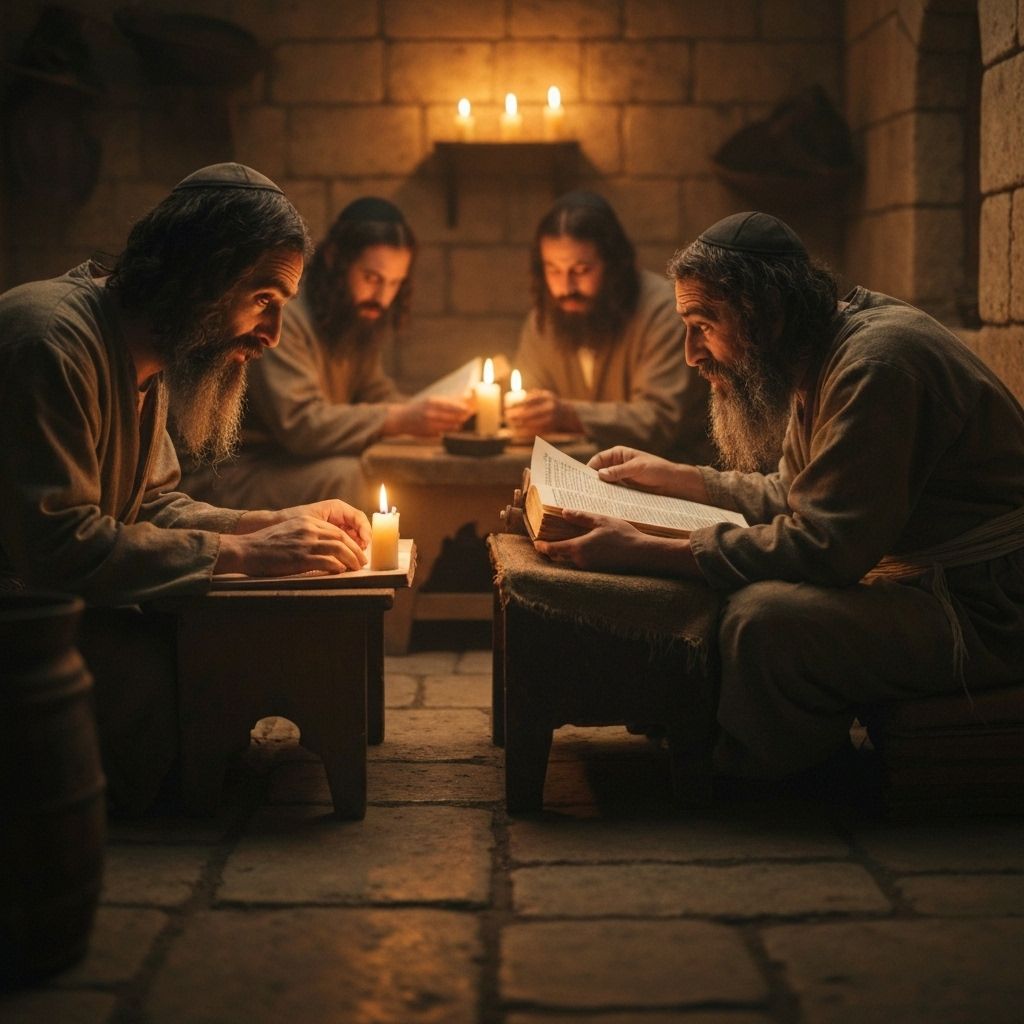3-Minute Summary
The Words of the Torah Explained with Help from Rashi and Ramban
Rashi (1040-1105) was a medieval French rabbi whose commentary on the Torah and Talmud is considered essential reading. His explanations focus on the plain meaning of the text and are known for their clarity and accessibility.
Ramban (1194-1270) was a Spanish rabbi, physician, and philosopher who provided deeper mystical and philosophical insights into the Torah, often building upon Rashi's work while adding his own profound interpretations.
The parsha opens with the sabbatical year law, requiring the land to rest every seventh year. This creates a rhythm that acknowledges divine ownership and prevents soil exhaustion, showing that human use of resources must include periods of renewal.
The release of debts in the sabbatical year prevents permanent poverty and exploitation. This law creates economic reset and ensures that financial hardship doesn't become permanent servitude.
The jubilee year occurs every 50 years, combining the seventh sabbatical year with additional requirements. This super-sabbatical year represents complete restoration and divine justice in the economic realm.
Property reverts to original owners in the jubilee year, preventing permanent loss of ancestral land. This law preserves family inheritance and prevents the concentration of wealth in a few hands.
Hebrew slaves are freed in the jubilee year, ensuring that economic hardship doesn't lead to permanent servitude. The law values human dignity over economic utility.
The laws protect the vulnerable by prohibiting interest, unfair business practices, and oppression. These regulations create a society where power serves compassion rather than exploitation.
Hashem promises that observing these laws will bring blessing and security. The land will yield abundantly when it rests, and the people will live securely without fear.
The parsha concludes with the principle that all Israelites are servants of Hashem, not slaves to one another. This establishes human equality and mutual respect as foundational to covenantal society.








